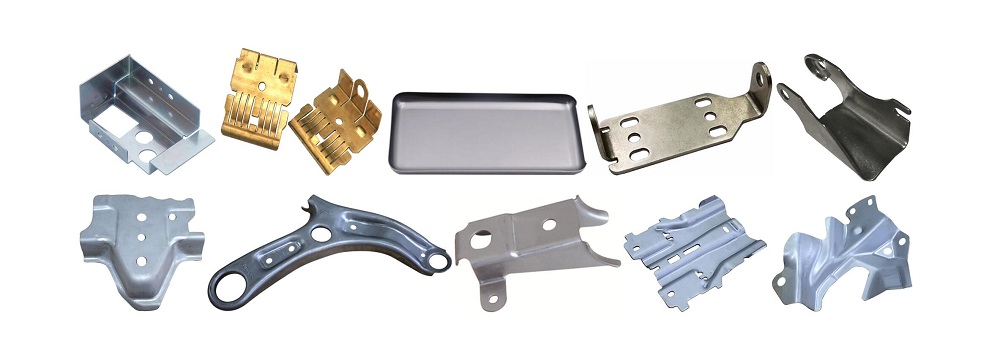Â
Structure and Working Theory
Â
      Inside the counter of water meter (mechanical part), there is one magnet embedded under the wheel pointer for 0.01 m3 of water and two reed switches beside each side of the wheel. Each time the pointer goes a circle, one group of two pulses is generated to represent 0.01 m3 of water being calculated. The pulses are converted to digital signals and recorded as metering data based on pre-set program. Then the metering data can be transmitted to a concentrator or hand-held unit.
Â
 Product Features
Mainly applicable to new construction projects, or reconstruction projects for old residential area which are inconvenient for wiring deployment.
Wireless transmission technology is applied to realize out-door meter reading, which simplified system installation by avoiding wiring deployment.
The wireless transmission distance for hand-held unit is over 200 meters in open field.
Friendly user interface for management software of background platform. Variety of formats for data output and customized link with billing system according to customers'needs.
Total volume calculation of water flowing across the pipe and wireless meter reading.
Remote valve-control to solve arrearage problem.
Three-level automatic routing to increase transmission distance.
Real-time meter reading to realize ladder-type pricing.
Fully anti-water design, functional under the water.
ERFCU design, ultra-low power consumption.
WOR remote awaking technology to reduce power consumption.
Wamr Net routing protocol to ensure data security.
High speed transmission, data reading for single meter within 1.5 seconds.
Simple and practical structure with removable battery.
Maximum Permissible Error
From minimum flux inclusive up to transitional flux: ±5%
From transitional flux up to maximum flux both inclusive: ±2% (cold water meter)
From transitional flux up to maximum flux both inclusive: ±3% (hot water meter)
Â
| Model | Nominal Diameter | Metering Grade | Common Flux | Transitional Flux | Minimum Flux | Minimum Reading | Maximum Reading |
| mm | Â | m 3 /h | m 3 | ||||
| LXSK-15(cold) | 15 | B | 1.5 | 0.12 | 0.03 | 0.0001 | 99999.999 |
| LXSK-20(cold) | 20 | B | 2.5 | 0.2 | 0.05 | 0.0001 | 99999.999 |
| LXSK-25(cold) | 25 | B | 3.5 | 0.28 | 0.07 | 0.0001 | 99999.999 |
| LXSFR-15(hot) | 15 | A | 1.5 | 0.15 | 0.06 | 0.0001 | 99999.999 |
| LXSFR-20(hot) | 20 | A | 2.5 | 0.25 | 0.10 | 0.0001 | 99999.999 |
| LXSFR-25(hot) | 25 | A | 3.5 | 0.35 | 0.14 | 0.0001 | 99999.999 |
Precision Metal Stamping Parts
Stamping parts are also a relatively common part in industry and life. We are more familiar with automobiles, metal stamping is widely used in the automobile industry. In our daily life, such as TV brackets, electric boxes, battery slices, etc. are all metal stamping products. Stamping is a processing technology in which the metal mold deforms or stretches the sheet metal under the action of external force to obtain the shape and size of the workpiece. It has the characteristics of good surface finish, high precision, stable size, and good rigidity. Because stamping parts need to use high-precision and high-strength molds to produce high-quality, high-precision products, the mold structure is relatively complex, the production cycle is relatively long, and the cost is relatively high. Therefore, general sheet metal stamping parts are more suitable for mass production. Here are some stamped product photos:

The commonly used sheet metal materials for our metal stamping are CRS, HRS, stainless steel (304, 316, etc.), copper, aluminum and so on. The thickness of sheet metal we can process is 0.5~13mm.
Metal Stamping,Precision Laser,Metal Process,Stamping Business,Stamping Design,Steel Stamping,Stamping Tooling,Electronics Stamping,Brass Stampings,Stamping Parts,Aluminum Stampings,Precision Stamping,Medical Stamping,Stamping Drawing
Shenzhen SCZY Technology Co.,Ltd , https://www.szcasting.com